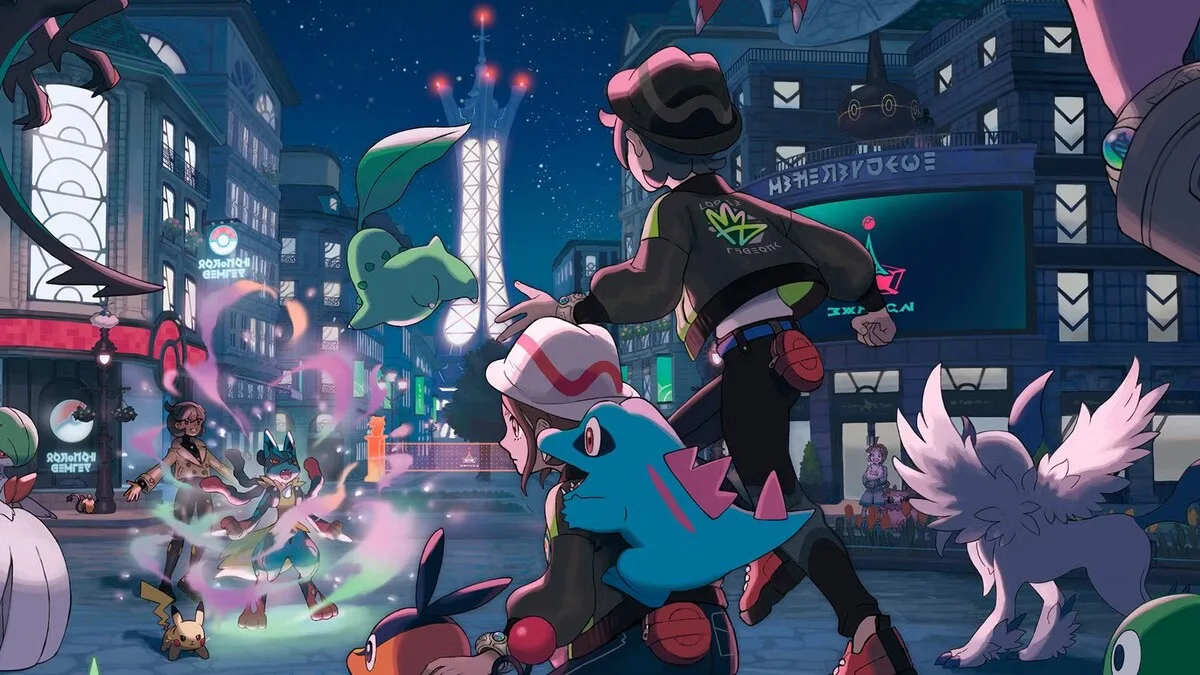The U.S. Patent and Trademark Office (USPTO) has made a rare decision to reexamine a previously awarded Nintendo patent, raising questions about the strength of Nintendo’s intellectual property protections and the broader implications for gaming hardware innovation.
The USPTO’s move to reexamine a Nintendo patent is unusual because once a patent is granted, it is generally considered settled law unless challenged in court. A reexamination means that the office has found sufficient reason—often due to new prior art or legal arguments—to revisit whether the patent should have been awarded in the first place.
- The Patent in Question: While the article doesn’t disclose every technical detail, the patent relates to Nintendo’s hardware innovations, likely tied to controller or console design.
- Why It Matters: Nintendo has historically relied on patents to protect its unique hardware concepts, from the Wii’s motion controls to the Switch’s hybrid design. A reexamination could weaken Nintendo’s ability to enforce exclusivity over certain features.
🕹️ Back Story: Nintendo’s History with Patents
Nintendo has long been aggressive in securing patents to safeguard its innovations. Some notable examples include:
- Wii Motion Controls (2006): Nintendo patented its motion-sensing technology, which became the cornerstone of the Wii’s success. Competitors like Sony and Microsoft had to tread carefully when introducing similar features.
- Nintendo Switch (2017): The hybrid console’s detachable Joy-Con controllers and docked/portable functionality were heavily patented to prevent copycat designs.
- Legal Battles: Nintendo has faced multiple lawsuits over alleged patent infringement, including disputes with companies like iLife Technologies (motion-sensing patents) and Gamevice (detachable controller patents).
This history shows why the USPTO’s reexamination is significant—it’s not just about one patent, but about the precedent it sets for Nintendo’s broader IP strategy.
⚖️ Why the USPTO’s Decision Is Rare
- Reexaminations Are Uncommon: The USPTO only reopens a granted patent if compelling evidence suggests it may not have been validly issued.
- Potential Outcomes:
- The patent could be upheld, strengthening Nintendo’s position.
- It could be narrowed, limiting Nintendo’s enforcement power.
- It could be invalidated, opening the door for competitors to use similar technology.
🌍 Implications for the Gaming Industry
- For Nintendo: A weakened patent portfolio could reduce its leverage in hardware innovation battles.
- For Competitors: Sony, Microsoft, and third-party accessory makers may gain more freedom to experiment with similar designs.
- For Consumers: More competition could mean faster innovation and potentially lower costs, though it could also dilute Nintendo’s unique identity.
Nintendo’s legacy is built on bold hardware ideas, often protected by patents that give it breathing room to experiment without immediate imitation. The USPTO’s rare reexamination challenges that model, reminding us that even giants must defend their innovations continuously.
This moment echoes past industry flashpoints—like when Sega’s controller designs were contested in the 1990s or when Apple faced reexaminations of its smartphone patents. For Nintendo, the stakes are high: the outcome could redefine how much control it has over the future of gaming hardware.
The USPTO’s decision to reexamine Nintendo’s patent is more than a legal technicality—it’s a pivotal moment in the ongoing tension between innovation, protection, and competition in the gaming industry.

